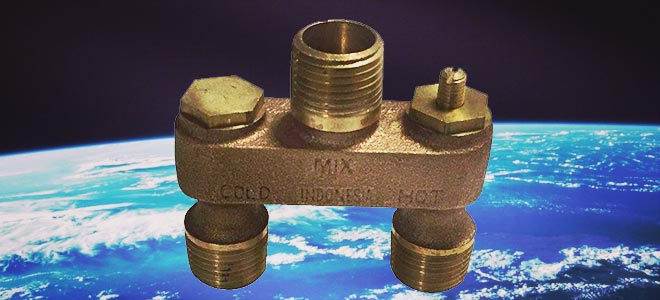It’s summertime in Toronto, and the humidity is going up fast. As you try to keep yourself and your family cool, the toilets in your house are feeling the heat as well. They’re sweating. That “sweating” is actually condensation forming on the outside of the toilet’s tank. That water collecting on the tank has to go. . . somewhere, right?
A Sweaty Toilet Isn’t Such a Big Issue
As the condensation forms and begins to slide down the outside of the water tanks of the toilets in your home, it drips onto the floor. Grabbing your mop, you swab up that water. Lather, rinse and repeat several times a day.
Only… if you don’t mop up that water, it’s going to go down to the sub-flooring, stain the baseboard and cause rotting. That’s just a little more expensive than you expected such a trivial problem would cause.
Problems a Sweaty Toilet Can Cause
When it gets humid in Toronto, the humidex can approach 50 degrees C, which means the air is full of moisture. If you feel the temperature of the water in the toilet tank, it’s much cooler—around 20 degrees C, if your home doesn’t have aircon. As the warm air meets the cool water tank, it forms droplets on the tank.
If you don’t want to deal with expensive repairs caused by that sweaty toilet, you’re going to need to call a plumber in Toronto. You’ll want one experienced in making plumbing repairs in Toronto.
The Fix
“Hallelujah!” you’re thinking. “There’s a fix!” You can install an anti-sweat valve to the outside of your toilet tank. This valve helps to raise the temperature of the water in your toilet tank.
If you don’t want to try this fix yourself, a plumber that has made thousands of plumbing repairs in Toronto can do the job for you. Depending on the location of your bathrooms, he can complete the installation behind the wall or below the floor if your home has a crawl space underneath the bathroom and first floor. The plumber prepares by shutting off the main water valve, cutting the water supply to your whole house. Next, he’ll drain every hot and cold water lines by turning on every faucet and flushing every toilet.
Now, he’s ready to start. He’ll connect compression adapters to the valve, threading each adapter to the three-valve ports. After marking where the center outlet port meets the vertical pipe, along with the location of the lower inlet port, he’ll cut out that section of pipe.
It’s time to solder the adapter to the copper pipe. The plumber now attaches the pipe and fitting assembly with the compression fitting. Now, he’ll attach Teflon tape to the ends, slipping the pipe and compression fitting nut over the pipe. Pushing the entire assembly to the right spot on the joint, he’ll use a wrench to tighten everything. He’ll connect this valve assembly to the waterline, soldering the connections of both hot and cold water lines at the waste and stop valves.
Installing an Anti-Sweat Valve
It’s time to connect a “T” assembly from your house’s hot water line to the mixing valve. Connect a pipe to the one remaining port on the mixing valve, using a compression fitting. Slip vent couplings on the opposite end. After soldering the last joints, it’s time to test your new system.
Check for leaks and slowly turn on the cold water valve. Do the same with the hot water valve. Finally, flush every toilet so you can push the air out of the lines.
Call a contractor who is experienced in conducting plumbing repairs in Toronto homes—before the humidity gets any higher. Deal with that sweaty toilet before it starts to drip, drip, drip.

